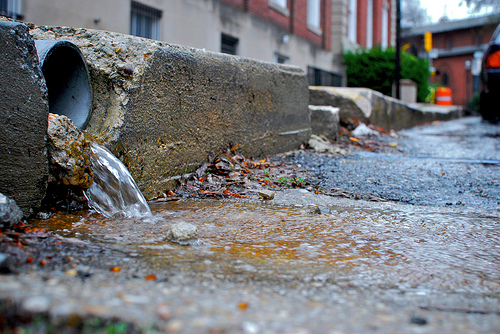The Facts on Urban Sprawl
 |
(LeahandEv Travelblog)
|
Urban sprawl is an issue that has been affecting ecosystems on earth since the birth of civilization and has become an even larger problem as cities expand at an alarming rate. It has been defined as "The spreading of urban developments (houses and shopping centers) on undeveloped land near a city" (Merriam-Webster). Since our world is becoming increasingly industrialized and commercial, more and more people are moving to towns and cities "Over 80% of us [Canadians] now live in urban areas. As our cities grow bigger, [it] affects our quality of life" (David Suzuki Foundation).
As sprawl increases the effects on the environment intensify "Urban sprawl is cutting into precious farm and wild lands, leaving us with less green space and wild lands, like bogs, which are being drained and paved over, putting valuable wildlife habitats and species at risk." (David Suzuki Foundation). Land that was once used for agriculture has since been paved over to make room for the expansion of cities "Urban uses have consumed more than 7,400 square kilometers of dependable farmland [in Canada] in recent decades" (David Suzuki and Faisal Moola). Urban sprawl continues to affect the environment as people all over the world move to metropolitan areas and cities are then forced to expand.
How long has it been an issue?
Urban Sprawl has been going on for a very long time (since the beginning of civilization) however it has only become a major issue in recent decades as world population continues to increase and more and people move into suburbs and cities. As technology increases and research is conducted, we now have the data to understand the affects of sprawl on the natural environment and on human kind.











